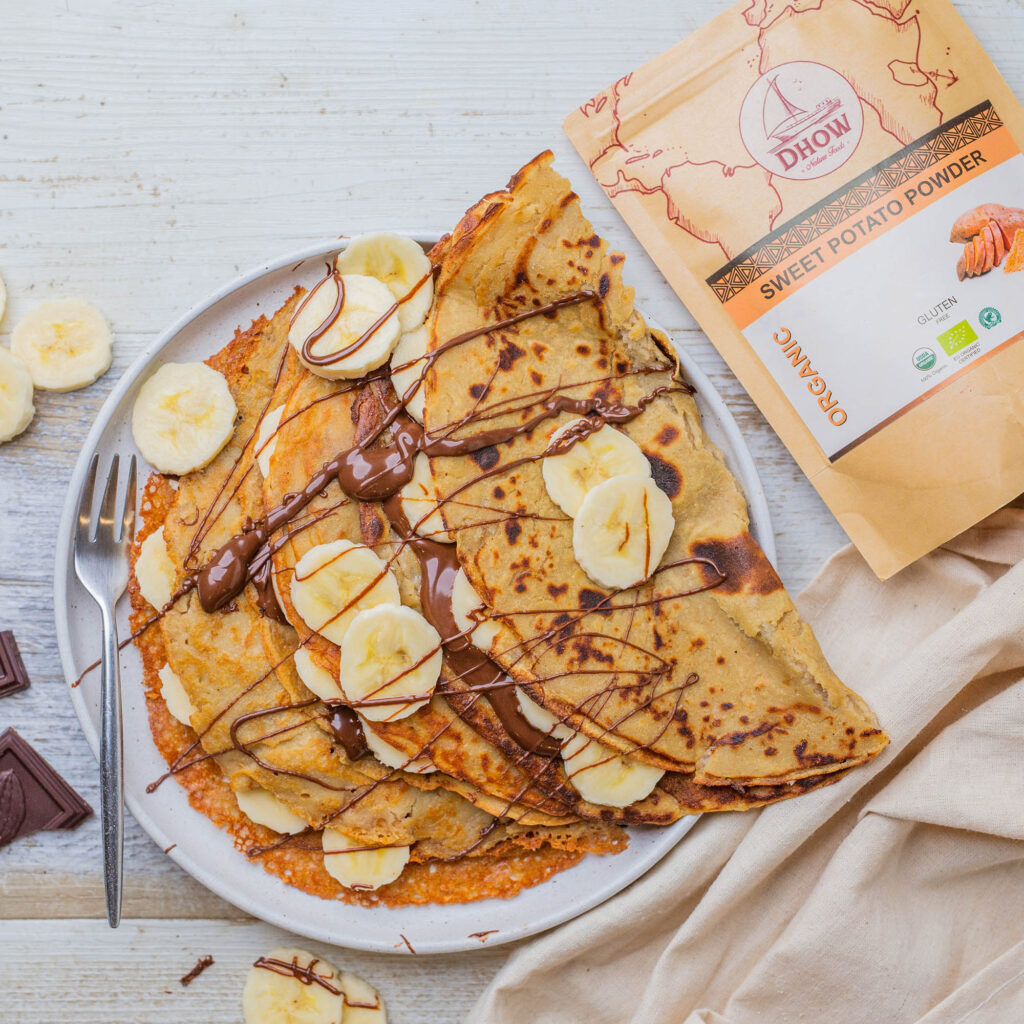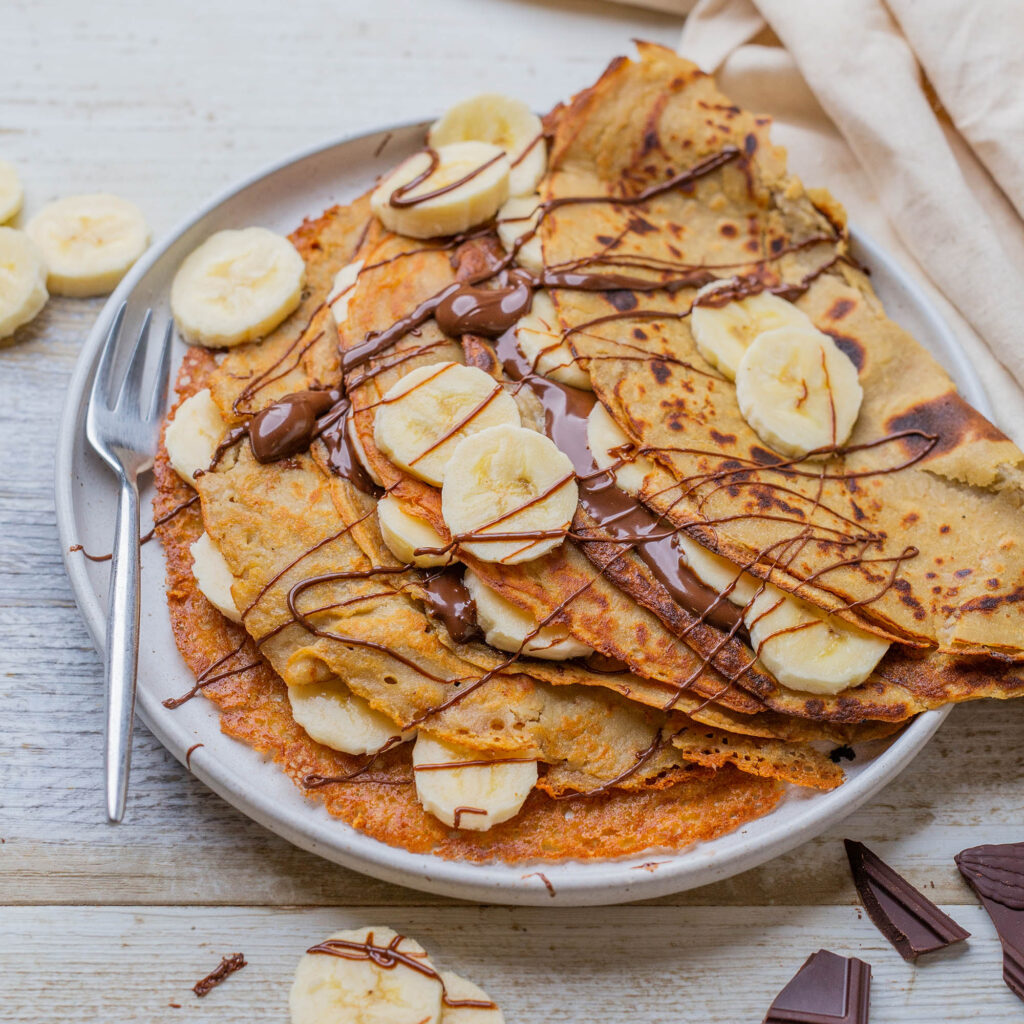Vitamin A is a fat-soluble vitamin. There are two main forms of vitamin A: preformed vitamin A from animal products (retinol and retinyl ester) and provitamin A carotenoids (eg. beta carotene) found in plant foods which must be converted in the body into its active form. For simplicities sake, I will be referring to plant Vitamin A as plant carotenoids from now on.
Vitamin A is not a nutrient that I hear talked about too often when it comes to hormone health. This is mostly because Vitamin A does not play a significant role in menstrual cycle hormones directly, however, Vitamin A does play a significant role in thyroid health as well as adrenal health. Both the thyroid and the adrenals can also influence the menstrual cycle hormones.
The most important role of Vitamin A for hormone health is its involvement in thyroid function. Vitamin A stimulates iodine which is crucial for the functioning of the thyroid gland. Having a deficiency in Vitamin A can correspond with both hyper and hypothyroid. Vitamin A has also been shown to be important in the regulation of the HPA axis (hypothalamic pituitary adrenal axis). This system regulates the stress response and nervous system. The fact that Vitamin A is important for both the thyroid and adrenals makes a lot of sense as very commonly stress or burnout is an underlying cause of low thyroid function. Increasing Vitamin A status alone, even with low iodine intake improved goitres and thyroid size.
Many professionals are now recommending a diet high in preformed Vitamin A from animal products to women struggling with compromised thyroid and metabolic issues. The reasoning behind this is that animal products contain a lot more Vitamin A than plant foods and are already in their active state which is more “bioavailable.” Another reason is due to the idea that plant carotenoids are poorly converted and that some people may be genetically incapable of converting enough plant carotenoids into useable Vitamin A.
There is a common idea that if a nutrient is good for you, then more must be better. However, this is rarely ever the case. Having too much Vitamin A can actually further suppress low thyroid function. Too little Vitamin A can cause problems for the thyroid but too much Vitamin A can also cause problems for the thyroid. Too much-preformed Vitamin A either from large consumption of animal products or synthetic retinol supplements can actually be toxic. One serving of beef liver (the highest source of preformed Vitamin A) actually has more than double the preformed Vitamin A than is accepted as the upper tolerable limit. Eaten regularly, beef liver can create toxicity especially for pregnant women as high vitamin A can lead to various birth defects. The same level of toxicity is not seen while eating plant-foods high in pro-vitamin carotenoids even when exceeding the upper tolerable limit (there is some evidence that beta carotene supplementation can be harmful but not eating high vitamin foods themselves). It is true that conversion rates of plant carotenoids vary widely based on many different factors such as the type of food and food combinations etc it is also true that some people are genetically lower converters of Vitamin A, in fact, studies show that as much as 45% of the population may have a compromised ability to convert Vitamin A. However very few people have genetic mutations so severe that they are incapable of converting vitamin A at all. In fact, most people can still get adequate amounts of vitamin A from plant foods even with poor conversion rates. Studies show that just a small amount of plant carotenoid-rich foods amounting to about 1/4 cup of cooked sweet potato a day can actually reverse Vitamin A deficiency within a 2 month period without creating toxicity.
Sweet potatoes are the highest plant source of pro-vitamin A. One serving of sweet potato provides double the necessary daily intake of vitamin A. For people that are poor genetic converters of vitamin A, a special emphasis on high sources of beta carotenes is important to ensure adequate intake. A delicious way to do this is by consuming sweet potato flour. I like this sweet potato flour from DHOW Nature Foods Sweet potato flour can offer an even more concentrated source of beta carotene because the action of dehydrating and pulverising different vegetables concentrates its nutrition into a much smaller size. A small amount can go a long way. In fact, many companies are now turning to whole powders as supplements because they can provide a high amount of nutrition in a natural and absorbable form. Because wholefood powders are food, they are balanced with the other nutrients so are unlikely to lead to nutritional imbalances as other synthetic supplements can. Sweet potato flour has a mildly sweet flavour and a really soft fluffy texture. It also provides a beautiful golden yellow colour. Because of the sweet undertones, I prefer to use sweet potato flour in sweet recipes but the flour can be used in savoury recipes too! I made these delicious vegan sweet potato flour crepes. They were perfectly soft and golden. The recipe is down below.




| Vitamin A for thyroid health and sweet potato flour crepe recipe | Print |
- ½ cup buckwheat flour
- ¼ cup + 1 TBSP DHOW sweet potato flour
- 1 TBSP coconut sugar
- 2 TBSP ground flax seeds
- 1 TBSP oil (I used macadamia oil) plus extra for frying
- 2 tsp vanilla extract
- pinch salt
- 2 cups almond milk (or milk of choice)
- Combine all the ingredients into a large bowl. Whisk together until well combines and a thick but runny crepe mixture forms. Allow the mixture to sit for 5 minutes before using. This will allow the flax seeds to gel and thicken the mixture which will make it easier to flip without breaking.
- Lightly grease a crepe pan or large frypan with oil. I use a macadamia oil spray.
- Using a ladle spread out the batter in a thin layer coating the pan, turning the pan to spread the mixture evenly.
- Cook on medium heat for a few minutes until the edges become golden brown, flip and cook for a few more minutes. Remove from heat and set aside.
- Repeat until the batter is finished.
- Serve with desired toppings, I used a vegan chocolate hazelnut spread and bananas.
References:
https://www.ncbi.nlm.nih.gov/pmc/articles/PMC5551430/
https://pubmed.ncbi.nlm.nih.gov/22113863/
https://pubmed.ncbi.nlm.nih.gov/19103647/
https://pubmed.ncbi.nlm.nih.gov/15321812/
https://ift.onlinelibrary.wiley.com/doi/full/10.1111/j.1541-4337.2010.00146.x
https://academic.oup.com/ajcn/article/96/5/1193S/4577160









